May 27, 1927
Inyo County
“The Owens Valley is worthless to the White Man.”
—United States Surveyor A. W. Von Schmidt, 1856
Well, A. W. was no man with a vision. William Mullholland, now there was a man with a vision. He saw a great city, abloom in the desert…
But blooms wither without water. And the Owens Valley, the “the Switzerland of California,” whose magnificent Owens Lake is full of that juicy Sierra Nevada runoff, has plenty.
There could be few endeavors more challenging than starting a company more venal and corrupt than the Los Angeles City Water Company, but Mullholland and his buddy Frederick Eaton—the Mayor—did so when they disbanded the LACWC and drummed up something called the LA Department of Water and Power in 1898. Whence came the three decades for which everything that pretty fountain in Los Feliz stands: the secret land deals with Teddy Roosevelt to screw the Owens Valley farmers out of an aqueduct; the bribery to then buy those same water rights; the purchasing (with a syndicate of pals, like Times publisher Harrison Gray Otis) of tracts in the San Fernando Valley when, unbeknownst to all, that water would then go to irrigate (guess where?) the San Fernando Valley; the Times manipulating rainfall totals to create a false drought and publishing scare articles to push more public bond issues to buy this cabal more water, ad nauseum.
On May 21, 1924, with their aforementioned Owens Lake a dusty salt flat, the farmers rebelled; a group of forty masked armed ranchers seized and opened the aqueduct’s Alabama Gates and dynamited part of the system north of Lone Pine. On May 14, 1926, a hole was blown in the structure south of the Alabama Hills spillway.
Which brings us to this day in 1927. It’s the cool of the early morning, 2:30am, and Tom Spratt and his nephew Lew, aqueduct employees, are huddled in their hut. They’re doing their best to look after that portion of the aqueduct that runs along No Name Canyon…little did they know the telephone wires were being cut. Then four men entered. Unmasked, but armed. “We’ll take you for a walk,” said one. “There’s going to be a dynamiting here.”
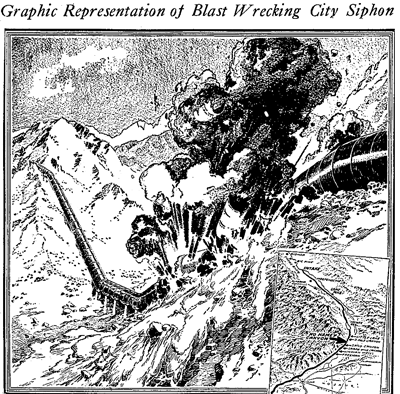
And was there. Two cases of blasting gelatine were floated down into the siphon with time fuses and the blast, at the low point of the siphon, tore the pipe in two, and the water, at capacity flow of 375 feet per second, blew out 450 feet of iron pipe, at nearly ten feet in diameter. And with that the gentlemen departed.
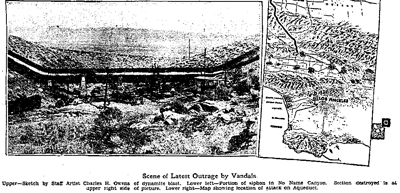
The papers took great pains to assure the public that while 500 acre-feet of water had been lost, there would be no shortage to the city. More importantly, there would be great pains taken to apprehend these “blacklegs” who perform “guerrilla warfare,” “prompted, it is assumed, by real or fancied grievances of Owens Valley residences against the water department.”
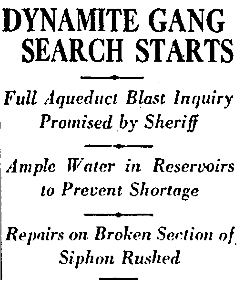
Mullholland, when asked if he had any comment, said he could not do so adequately without using unprintable words. The Board of Water and Power Commissioners posited that “the motive for this outrage is not definitely known, but reasonably may be suspected as connected with the efforts of certain landowners in Owens Valley to force this board to buy their lands and pay exorbitant prices therefore.”
Added Councilman Criswell, “These vandals are being supported and encouraged by Los Angeles Corporations and by a Los Angeles newspaper.” Councilman Colden declared the dynamiting “an act of Bolshevism that should be punished” and “an attack on the rights of every Los Angeles citizen.”
And what becomes of this story, you ask? Well. On the very day—March 12, 1928—that 67 year-old Owens Valley rancher Perry Sexton confesses on the stand and describes in detail how he blew up the No Name Siphon, William Mullholland’s greatest and most hubristic achievement met its fitting end.

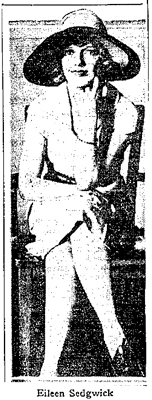
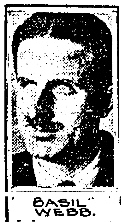 June 24, 1927
June 24, 1927
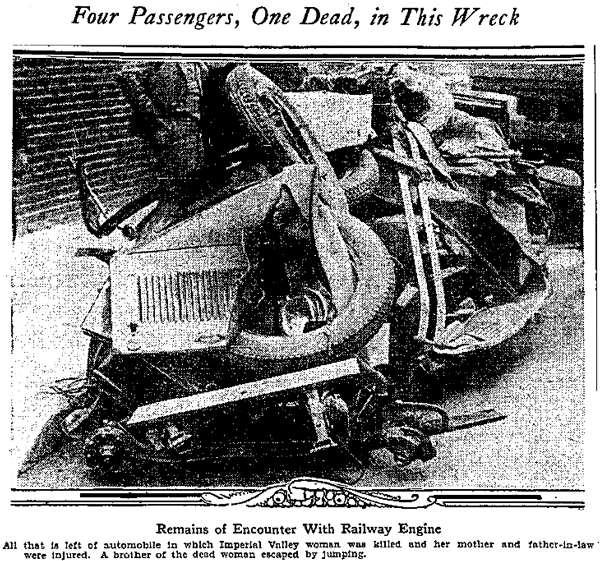





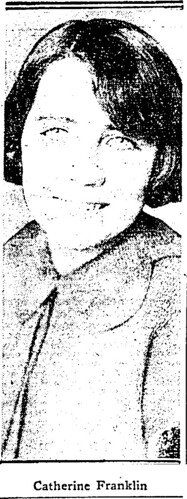





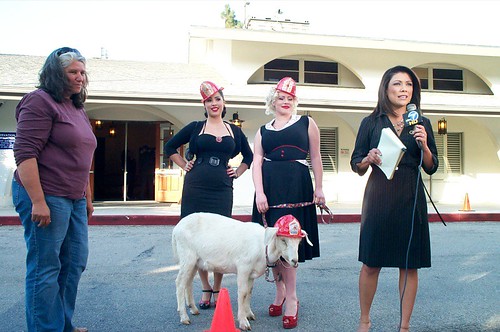
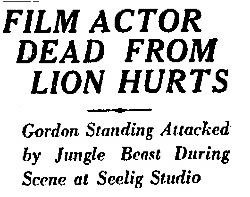
 May 20, 1927
May 20, 1927


